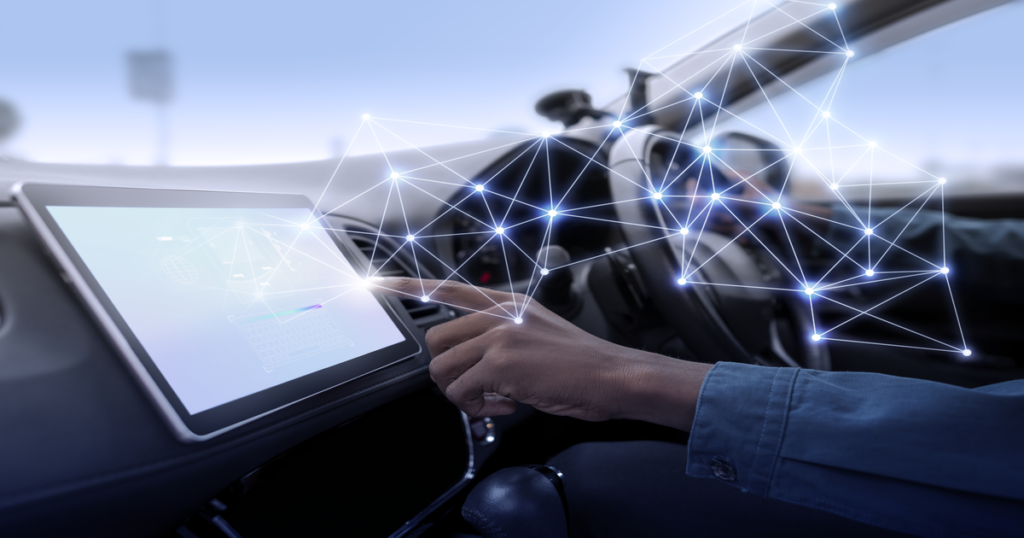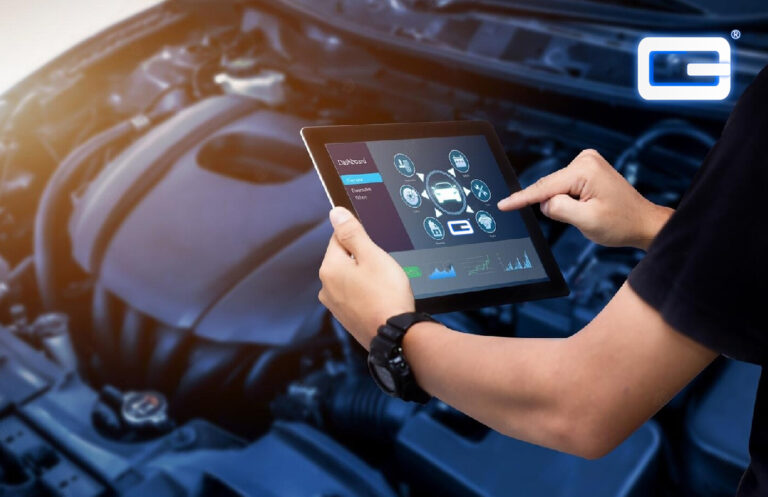As we are running out of fossil fuels and facing severe climate crisis challenges, It is time to consider the usage of alternative fuel vehicles. Electric cars are the safest transit to adopt without harming the environment and your savings. This article will help you briefly understand the working principle of an electric car.
How does an Electric car work?
Electric cars function by plugging into a charging station and acquiring power from the grid. Electric energy gets accumulated in rechargeable batteries, which power an electric motor, which turns the wheels. Electric vehicles perform faster than traditional fuel-powered vehicles, making them feel lighter to drive.

Components of Electric car
There are three main components of the Electric car, they are :
Battery
An electric car’s battery charges using regular grid electricity at a specialised power station. The battery is the equivalent of a fuel tank in an internal combustion engine, storing electrical energy. Battery capacity determines the maximum driving distance of an EV; the greater the ability, the greater the driving distance.
Motor
The main component of an electric vehicle is the electric traction motor. The motor is responsible for converting electrical energy into kinetic energy, which rotates the wheels. The main component that distinguishes an electric car from a conventional car is – an electric motor. The regenerative braking mechanism is an essential feature of an electric motor that slows the vehicle down by converting its kinetic energy into a different form and storing it for later use. There are two types of motors: DC motors and AC motors.
Controller
The Electric Power Control Unit (EPCU) is a highly efficient integration of nearly all devices in the vehicle that controls the flow of electric power. The power electronics controller determines the operation of an electric vehicle and regulates the flow of electrical energy from batteries to electric motors. The driver’s pedal determines the car’s speed and the frequency of voltage variation input to the motor and regulates the torque produced.
Electric motors replace internal combustion engines in all-electric vehicles (EVs). The vehicle’s electric motor is powered by a big traction battery pack, which must be charged by plugging it into a charging station or wall outlet. EV consists of a battery, a motor controller, and a motor linked with the transmission system.
A battery pack is used in all-electric vehicles (EVs) to store the electrical energy that powers the motor. EVs are also known as battery electric vehicles (BEVs). Electric vehicles use lead-acid batteries, but newer models use lithium-ion batteries to store more energy than lead-acid batteries.
Transport is an essential part of modern life, but the traditional combustion engine is rapidly becoming obsolete. Fuel-based vehicles emit a lot of pollution and are not reasonable as all-electric vehicles. Electric vehicles (EVs) emit no tailpipe emissions and are much better for the environment by reducing pollution levels.
Electric motors have fewer parts, resulting in less damage than a traditional non-electric vehicle, saving you money on operating costs. Thus, Electric cars are essential to preserve fossil fuels and contribute to the overall well-being of our planet.



